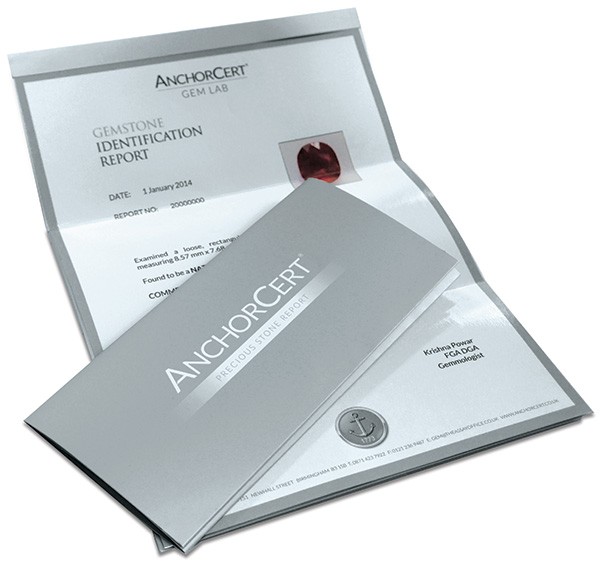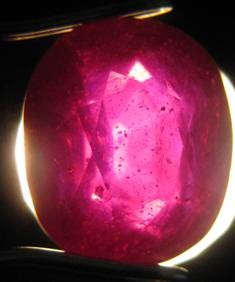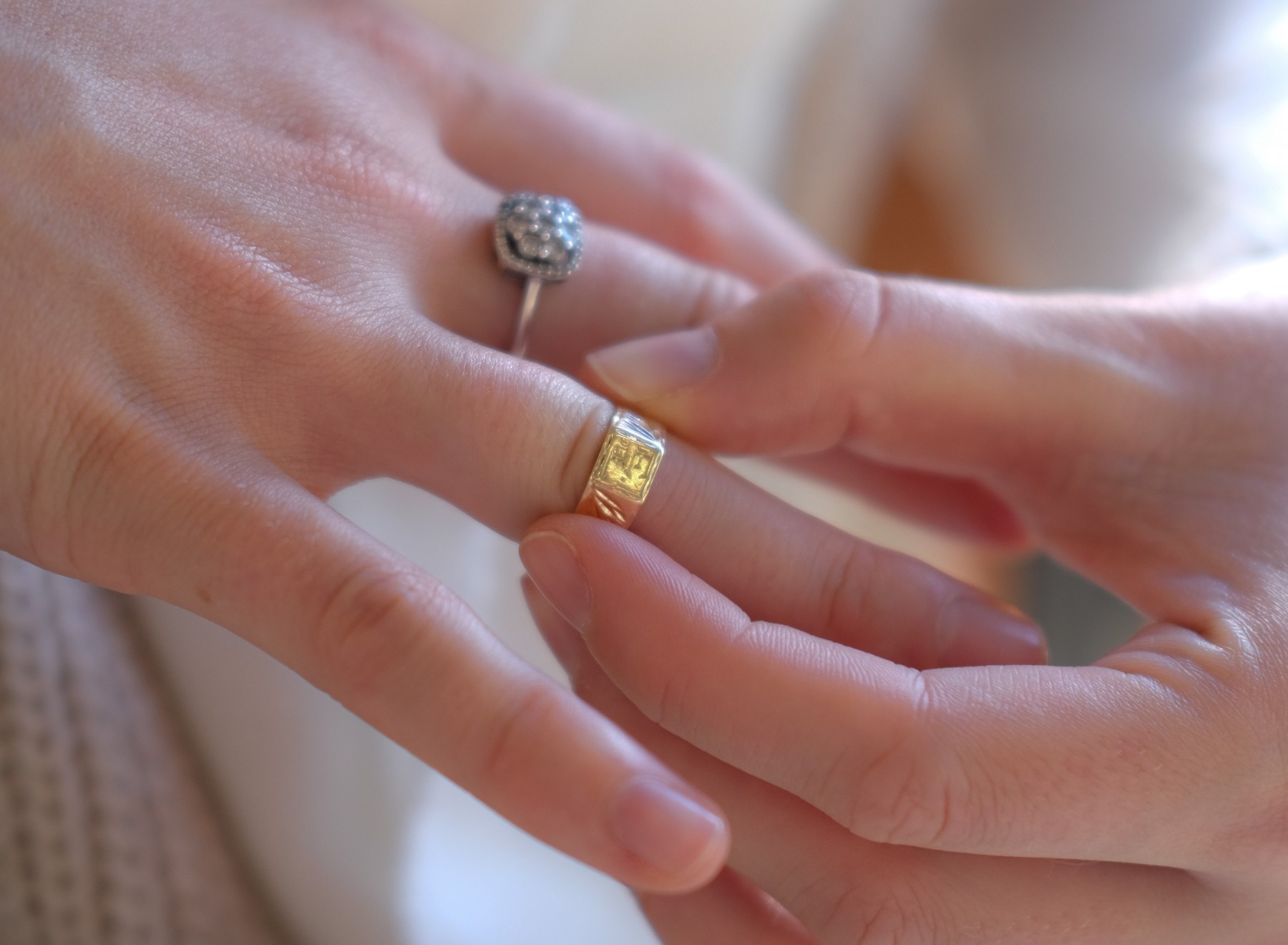
'Ruby' is derived from the Latin word 'ruber', meaning 'red'.
Ruby is the red variety of the mineral corundum, the hardest mineral after diamond, of which the sapphire is also a variety.
Some of the better quality rubies are found in Myanmar. Other sources include Vietnam, Tanzania, Kenya, Thailand, Cambodia, Afghanistan, and India.
Ruby Quality Factors
- Colour
The red colour comes from slight traces of the element Chromium that are present in the mineral’s crystal structure. Ruby’s colour is varied and can range from light pink to slightly orange, red to strong red, and slightly to strongly purplish red to purple.
The finest hue is a pure, vibrant red to slightly purplish red.
In some cases the stones colour is too light, therefore may not be considered ruby and maybe seen as a pink sapphire but as there are no internationally excepted standards for the colour of a ruby, the cut-off between ruby and pink sapphire is not always so straightforward.
- Clarity
Inclusion-free rubies are practically non-existent so the trade expects rubies to have at least some inclusions. The value of the stone will then depend on how visible they are.
Fine rutile needles are termed “silk” when numerous and can create the very desirable asterism – a six-rayed star.

- Cut
Several factors will influence how rubies are cut.
First, gem cutters need to accommodate with the crystal shape, therefore the most common shapes of fashioned rubies are ovals and cushions.
Ruby show pleochroism – the appearance of different colours at different angles - which will also influence how the gem is cut.
Finally, as rough ruby is very expensive, the cutters will try to conserve as much weight as possible.
- Carat
It is very rare to find fine-quality rubies over one carat. However commercial-quality rubies are available in all size ranges.
Treatments
Natural high quality rubies are increasingly rare and it is accepted that most rubies will undergo treatments to improve their colour and quality but they should be disclosed.
The most common treatment for rubies is heat treatment which is used to give the stone a more pure red colour.
Glass in-filling is another treatment that has developed more recently. This treatment consists in filling the surface-reaching fractures with a glass to make them less visible so that the gem looks more transparent than it really is.
Quick Facts
- Chemical Composition: Aluminium oxide
- Refractive Index: 1.76 - 1.77
- Specific Gravity: 3.99
- Mohs Hardness: 9.00
AnchorCert Gemstones Reports
Correct identification of rubies and possible treatments is essential as it has a significant impact on the value of the stone.
In some cases AnchorCert Gem Lab is also able to determine the country of origin for rubies.
The AnchorCert Gemstone Identification report will give you the assurance that you are supplying or buying the material you think you are.

Find out more about AnchorCert Reports
0121 236 2122
Your item has been added to the basket
You need to create an account, or login before you can add this item to your basket.








